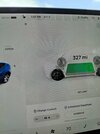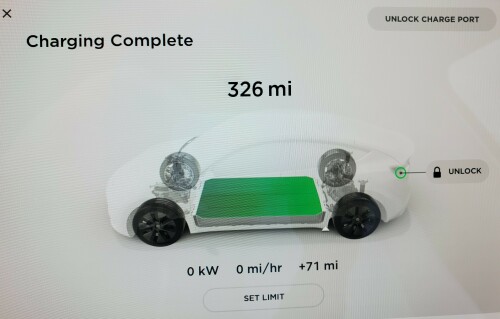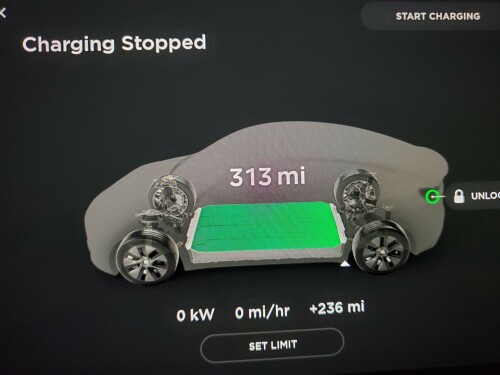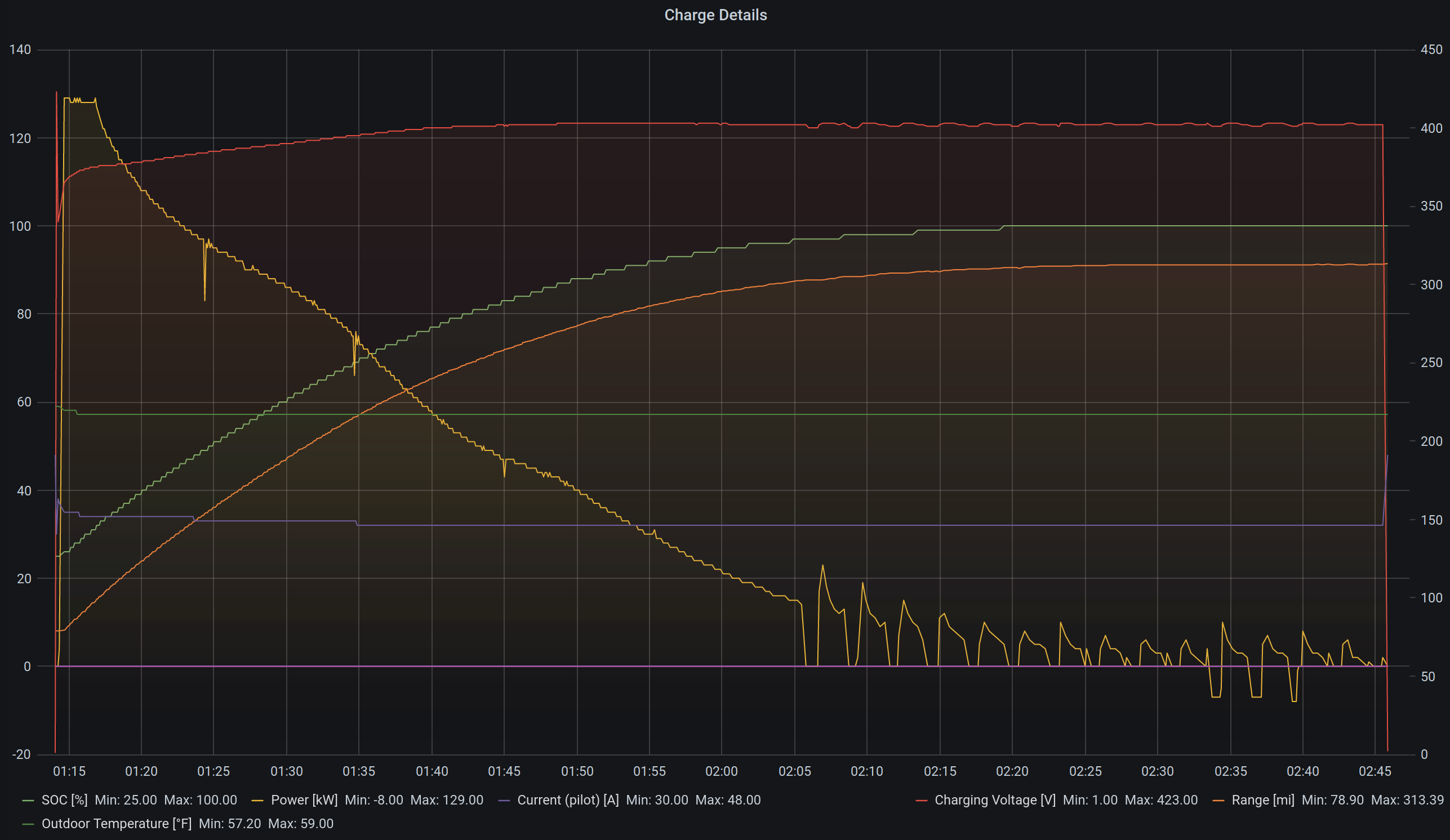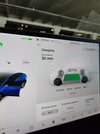Or Elon could simply add a "Battery Health" feature like Apple did in IOS. But then again, that would add too much transparency for the consumer.
My bet is that all EVs have some % of first-year degradation, but it is going to be very difficult to tell using the BMS. I charge a about 4 of times a month to 100% for long trips (175+ miles one-way), and 2 of those times are at 250kW Superchargers. My max range fluctuates between 308 and 318 miles . Lifetime avg. is 257 Wh/Mi. Weather and my driving style across the number of trips before I charge to 100% has the greatest impact on what is displayed as max range at 100%.
FWIW, I've been hanging out in the Mach-E forums, and their BMS is so amazingly conservative! Owners are freaking out after one week of ownership, and their estimated range at 100% charge with the extended batttery shows 237 miles vs. the EPA estimate of 270. Industry tests are showing that the Mach-E for the most part can exceed its EPA ratings (which Tesla never does), yet their Mach-Es are showing them the opposite.



